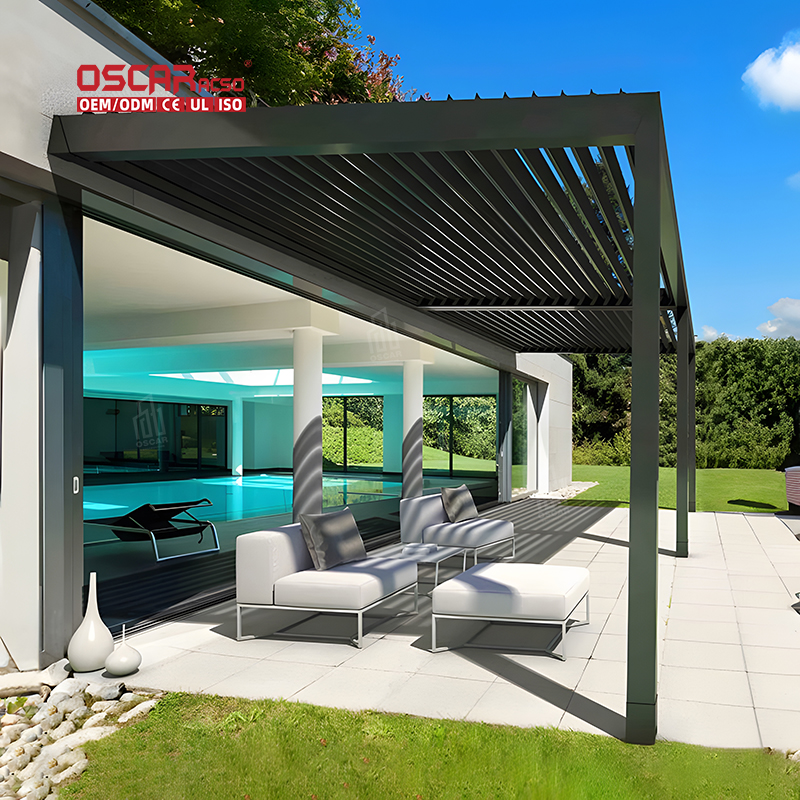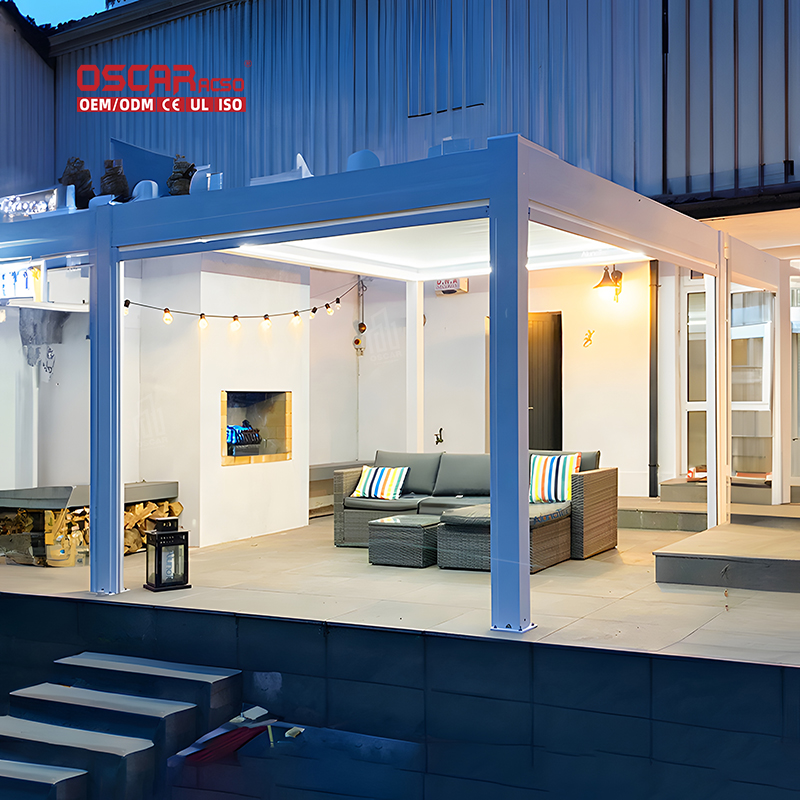Pergola Without Roof, Discover the Smart Design Behind Open-Air Living
Ever looked at a pergola and wondered, \"Why on earth does it have no roof?\" 🤔 It seems counterintuitive, right? This...
.jpg)
Ever looked at a pergola and wondered, “Why on earth does it have no roof?” 🤔 It seems counterintuitive, right? This classic design choice isn’t an oversight—it’s a brilliant strategy to blend architecture with nature, creating a unique outdoor experience that fully enclosed structures simply can’t match.
🌤️ Embracing Sun & Shade: The Perfect Balance
The primary genius of an open-roof pergola lies in its ability to master sunlight. The slatted roof structure provides dappled shade, protecting you from harsh UV rays while still letting in plenty of natural light. This creates a comfortable space that feels outdoorsy without the intensity of direct sun exposure.
Why is this better than full shade? Our bodies need vitamin D, and natural light boosts mood and energy. A pergola offers the perfect middle ground—you can enjoy the outdoors without feeling closed in or completely exposed.
*
🌬️ Natural Ventilation: The Unbeatable Breeze
A solid roof traps heat and stifles airflow. Pergolas, by design, promote excellent air circulation. The open structure allows cool breezes to flow freely, preventing that stuffy, hot-air-trapped feeling you get in fully covered spaces.
.jpg)
This natural ventilation is a game-changer for summer gatherings. It keeps the area beneath noticeably cooler, making it the perfect spot for enjoying a warm day without resorting to blasting fans or AC.
*
🌿 Vertical Gardening: Nature’s Canopy
One of the most enchanting features of a roofless pergola is its potential for greenery. The overhead beams are perfect supports for climbing plants like:
- •
Wisteria
- •
Climbing roses

- •
Ivy
.jpg)
- •
Grapes
Over time, these plants create a living, breathing canopy that adjusts with the seasons—lush and shaded in summer, bare and open to sun in winter.

*
🏡 Defining Space: Architecture Meets Landscape
Pergolas are masters at zoning your yard. They create a sense of an outdoor room without the visual weight of walls or a solid ceiling. This makes them ideal for:
- •
Creating intimate dining areas
- •
Designating lounge spaces
- •
framing garden pathways
They provide structure and architectural interest, guiding the eye and defining areas for specific uses, all while maintaining an open, airy feel.
*
💡 Flexibility & Customization: Adapt to Your Needs
A key advantage of the open-top design is its built-in flexibility. You’re not locked into a single experience:
- •
Add retractable canopy shades for adjustable coverage.
- •
Install outdoor curtains for privacy and wind protection.
- •
String up festive lights or lanterns for evening ambiance.
This adaptability means your pergola can evolve with your needs, the weather, or even the time of day.
*
💰 Cost-Effectiveness: Smart Savings
Building without a full roof offers significant financial benefits. Less material translates to:
- •
Lower initial construction costs
- •
Reduced long-term maintenance
You get a structure that enhances your lifestyle and property value without the hefty price tag of a fully enclosed building.
*
⛅ Intentional Limitations: Understanding the Trade-Offs
Of course, a roofless pergola isn’t for every situation. It’s important to acknowledge its intentional design limitations.
They offer limited protection from heavy rain or snow. If you live in a climate with frequent precipitation, this is a crucial consideration. However, this can often be mitigated with the add-on solutions mentioned earlier, like retractable covers.
The open design also provides less privacy from overhead sightlines (like second-story windows from neighboring homes). This can be creatively addressed with hanging plants, draped fabrics, or strategic placement.
*
🔄 My Final Thought: It’s About Connection
The decision to forgo a roof is deeply intentional. It’s about connecting with your environment, not hiding from it. A pergola invites you to experience the outdoors—to feel the sun’s warmth, enjoy the breeze, and even watch the stars at night.
This design philosophy creates a structure that is more than just shelter; it’s a framework for experiences, a place where architecture and nature work in harmony. It challenges the conventional notion that a structure must enclose us to serve us, offering instead a space that celebrates the beauty of the natural world.
In my view, that’s a trade-off worth making for a truly vibrant outdoor living experience.

